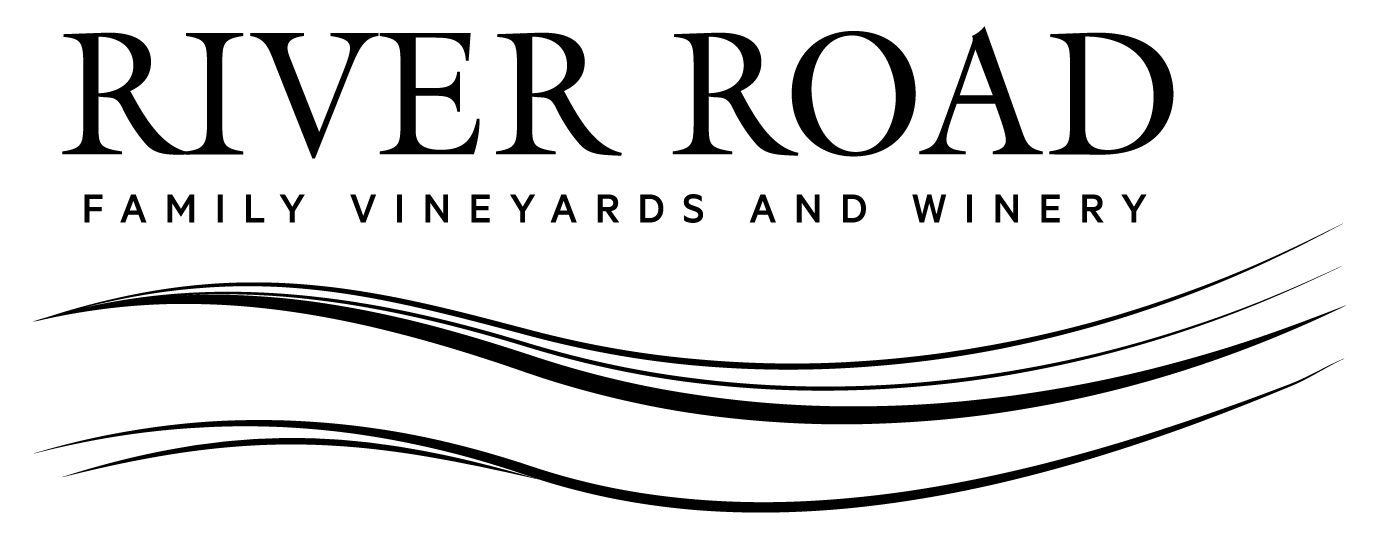WAIT FOR IT…
Continuing a theme from last month, we just experienced another surprisingly cool month of weather. The typical early September heat spike we were expecting never arrived. In fact, our highest temperature at the estate winery last month was 95 degrees. This sounds warm, but within hours temperatures were dropping down to the nighttime lows in the 40s. The good news is that this allowed the Pinot Noir clusters much more “hang time” than we’re normally able to give them. I’ll discuss why this is a good thing in the section below.
When combined with a slightly late bud break this year and cool temperatures during veraison, ripening of the grapes fell much behind the schedule of recent years. Picking dates have been as much as three weeks later for some vineyards, when compared to 2015. First grapes from our estate vineyard were picked on September 12 this year; while in 2015, we began picking the same blocks on August 19!
After this slow start, harvest finally got going in earnest during the final two weeks of September. By the end of the month, we were emptying our open top tanks of newly fermented wine, and refilling them with another round of Pinot Noir grapes.

The slow days of early September became a distant memory, as ton after ton of grapes crossed the sorting table. It’s amazing how quickly our team of winemaking interns got into the groove!

HANG TIME
A big challenge during a slow starting harvest, such as this one, is patience. Although not often called upon in our modern society, it can be a virtue in a winemaker. As harvest looms, I’m keenly aware of the small window in time, when a Pinot Noir cluster is perfectly ripe with well-developed flavors and supple tannins, but it still presents a sense of energy through its acidity. Jumping the gun on harvest will reduce the impactful flavors we’re seeking. As the first week of September passed, and we still hadn’t harvested any of our estate Pinot Noir, our whole team could be seen milling around the lab, awaiting word on the latest sample analysis.

Eventually, the vines completed the hard work of ripening all their clusters, and we started harvesting.
Picking Pinot Noir at night is our preferred method, despite the challenges of operating in a dark environment. To improve visibility, our tractor is set up with a light rig that would be the envy of many off-road Jeep enthusiasts!

Night picking provides many benefits:
- The grapes arrive at the winery crushpad cold. With local nighttime temperatures dropping into the mid-40s Fahrenheit, we have naturally refrigerated grapes, for a pre-fermentation cold soak. This reduces our dependence on electrical refrigeration and shrinks our carbon footprint.
- Our harvesting crew claims to prefer it, certainly when compared to picking during hot afternoon hours.
- Our winemaking crew prefers it, as well. The grapes’ composition is more balanced, with proper berry water content. During the day, the berries will shrivel or dimple a bit, but our foggy nights allow the vine to return much of this moisture to the berry, just in time for us to pick.
- The grapes are picked and delivered to the winery in the early morning hours, so our winemaking team can sort, destem, and transfer the fresh grapes to the fermentation tanks in the morning. This means they can be back with their families for dinner, rather than spending it with me!
HARVEST CONTINUES
I mentioned last month that the continuation of cooler than normal temperatures into September could be a source of concern, and that’s certainly true now. We still have about 20 percent of our Pinot Noir and most of our Chardonnay awaiting harvest. With the chance of significant rain becoming higher with every passing week, our grape growers spend as much time looking skyward as they do inspecting their vines.

This past weekend we were graced with the first of our seasonal “westerlies,” the weather patterns that define our winter. During summertime our skies are dominated by strong high pressure ridges. A different pattern takes hold during the fall, winter, and early spring, as repeated storm tracks, laden with tropical moisture, pass over Sonoma County. These storms seldom have the electrical energy of a Midwestern storm (no booming thunder!), but can drop extreme amounts of rain. This is quite a difference from our bone dry summers.
Fortunately, the rain was expected to be quite light over the weekend, with no real threat to grape quality. A second front in the first days of October may drop additional rain, but will be followed by sunny skies and warm temperatures to complete the ripening of our remaining grapes. A light rain will have a welcome secondary effect, easing the minds of local residents, who have vivid memories of the firestorm last October. Even during the frenetic days of our grape harvest, our community continues the hard work of rebuilding and becomes stronger every day!
Now, I’m off to the crush pad, to continue the exciting work of harvest!
Cheers!





